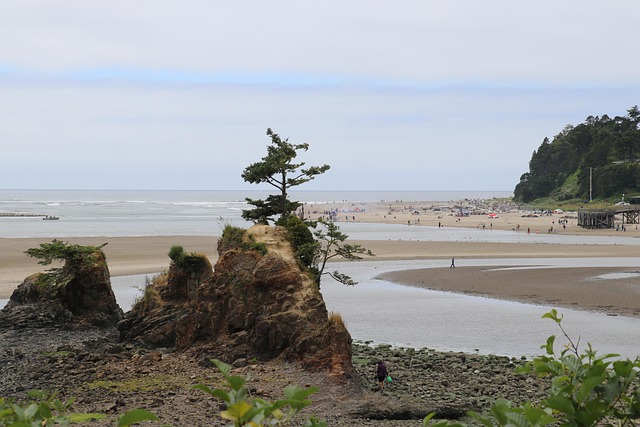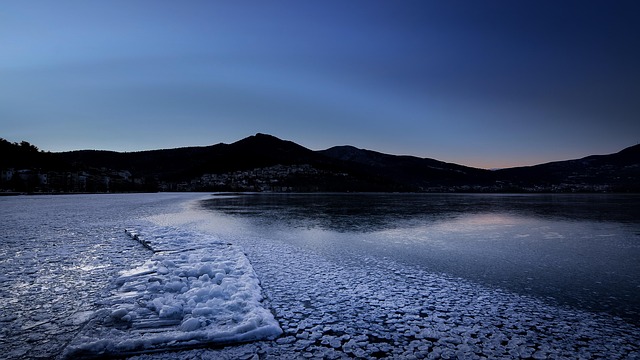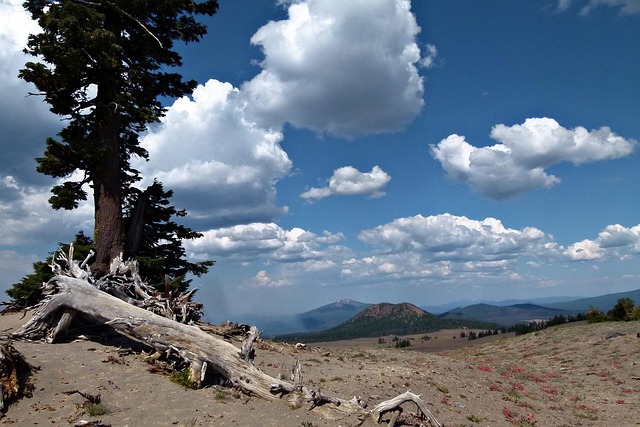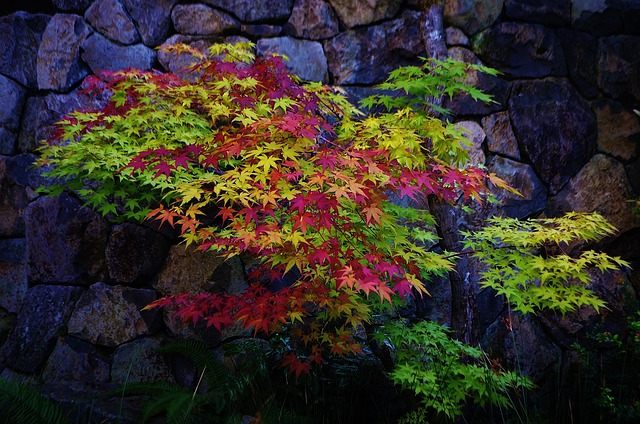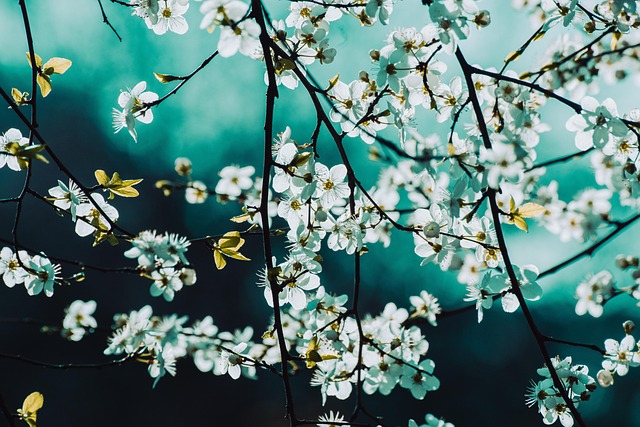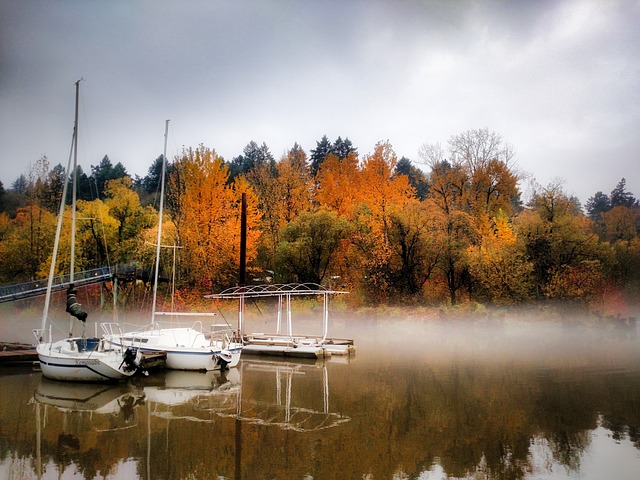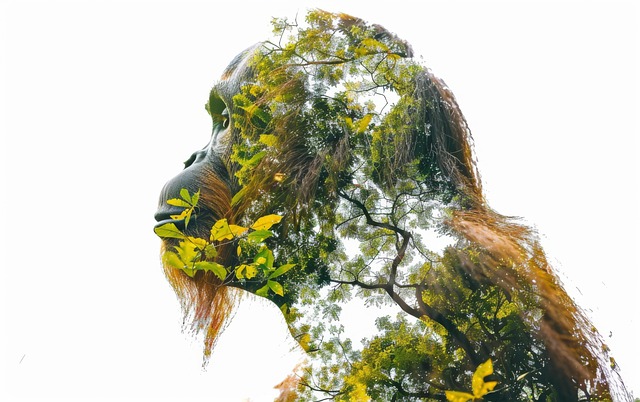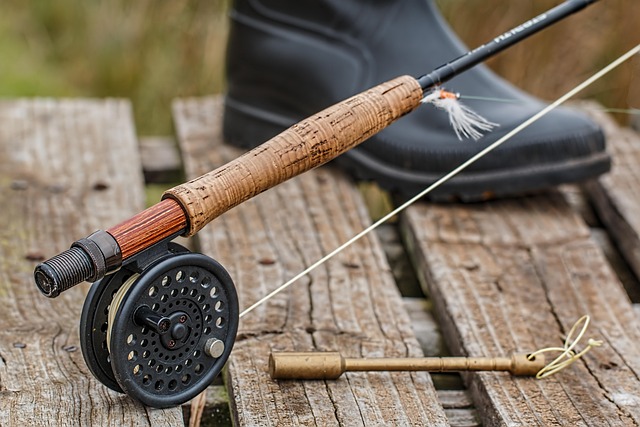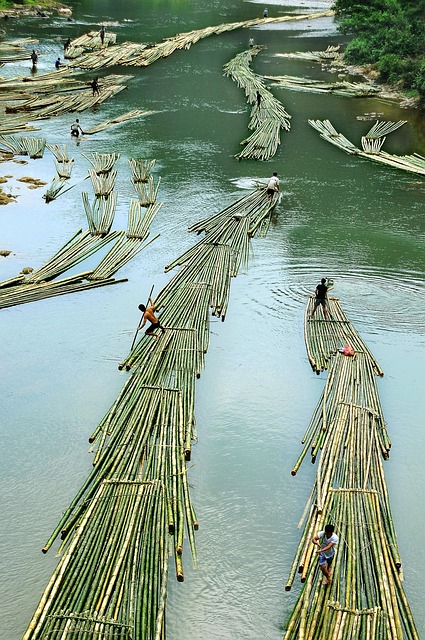Indigenous communities along the Upper Willamette River have historically practiced sustainable fishing using weir and net fishing, adapted to diverse ecosystems and managed resources for future generations. The late 19th/early 20th centuries brought commercial fishing, causing overfishing and introducing non-native species. Indigenous practices evolved in response, and the river became a popular angling destination with rich fish populations. Today, collaborative conservation efforts have restored native trout species, and the Upper Willamette River remains a premier destination for anglers who practice environmentally responsible techniques, regulated by the Oregon Department of Fish and Wildlife (ODFW).
The upper Willamette River, a vital waterway in Oregon’s landscape, boasts a rich fishing history that spans centuries. From early Indigenous practices to modern angling techniques, this region has witnessed significant changes in how its precious resources are harnessed. This article delves into the evolution of fishing in the upper Willamette, exploring indigenous fishing traditions, the commercial era’s impact, 20th-century techniques, conservation efforts, and current regulations that offer diverse recreational opportunities for modern anglers.
- Early Indigenous Fishing Practices in the Upper Willamette River Region
- The Introduction of Commercial Fishing and Its Impact on Local Communities
- Popular Angling Techniques Throughout the 20th Century
- Conservation Efforts and Their Effect on Fish Populations
- Modern Day Fishing Regulations and Opportunities for Recreation
- Exploring Unique Fishing Spots Along the Upper Willamette River
Early Indigenous Fishing Practices in the Upper Willamette River Region
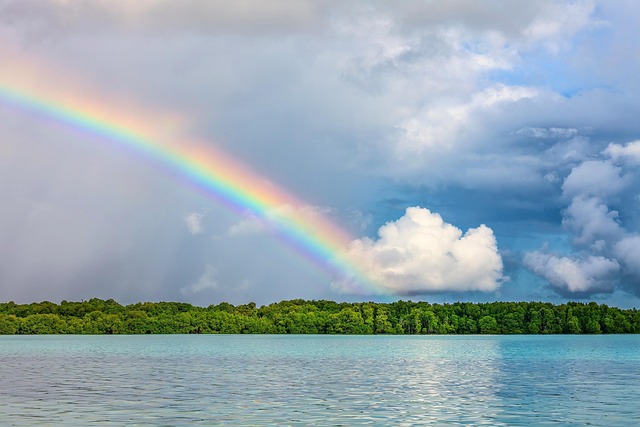
In the rich history of the Upper Willamette River region, Indigenous communities have long relied on the river’s abundant resources for sustenance and cultural practices. Early fishers employed a variety of techniques tailored to the diverse ecosystems along the river. These methods included weirs, traps, and net fishing, showcasing an intimate understanding of fish behavior and habitat. Weir fishing, in particular, was a common practice where temporary barriers were constructed to direct fish into shallow waters, making them easier to catch.
Indigenous fishermen also utilized their knowledge of seasonal runs and water levels to time their harvests effectively. This traditional knowledge passed down through generations played a pivotal role in shaping the region’s fishing culture. The Upper Willamette River’s rich history of Indigenous fishing practices serves as a testament to the resilience and ingenuity of these communities, who have sustainably managed the river’s resources for centuries.
The Introduction of Commercial Fishing and Its Impact on Local Communities

The introduction of commercial fishing in the Upper Willamette River during the late 19th and early 20th centuries brought significant changes to the region’s economy and communities. With the development of improved fishing techniques, such as net fishing and the use of steam-powered boats, commercial fishing operations became more efficient and expanded rapidly. This led to a surge in the capture of various fish species, including salmon, steelhead, and trout, which were then sold in local markets and exported to distant cities.
The influx of commercial fishing had profound effects on the local communities that had traditionally relied on sustainable, small-scale fishing for their livelihood. While it initially brought prosperity and economic opportunities, it also disrupted the ecological balance of the river. Overfishing and the introduction of non-native species further exacerbated these changes, leading to declines in fish populations. As a result, many indigenous communities were forced to adapt their traditional Upper Willamette fishing techniques and find new ways to sustain themselves in an evolving landscape.
Popular Angling Techniques Throughout the 20th Century
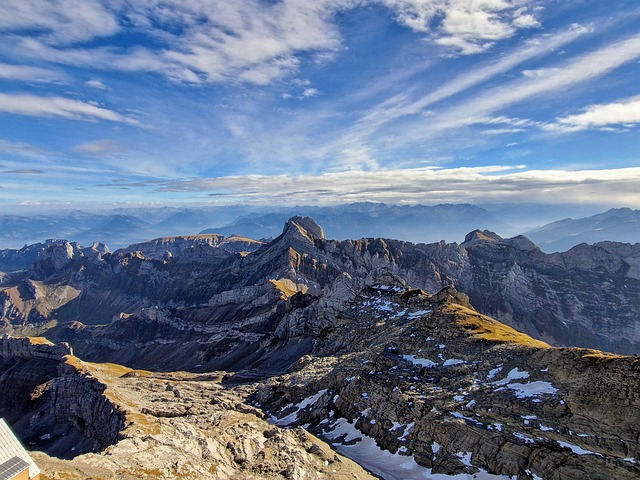
Throughout the 20th century, the Upper Willamette River became a haven for anglers, attracting enthusiasts with its rich fish populations and scenic beauty. Traditional angling techniques evolved over time, reflecting changes in gear and fishing practices. Early on, fly fishing dominated the scene, as anglers waded in the river’s shallows, carefully casting their hand-tied flies to entice rainbow trout and steelhead. This method required skill and precision, making it a favored technique among devoted anglers.
As the century progressed, spinning became increasingly popular. Anglers adopted reels and spools, paired with various lures and baits, to target larger species like bass and walleye. The development of modern fishing gear allowed for more diverse techniques, including trolling and bottom fishing, expanding the options for river anglers. These adaptations reflected not only advancements in technology but also a growing interest in year-round fishing opportunities along the Upper Willamette River.
Conservation Efforts and Their Effect on Fish Populations
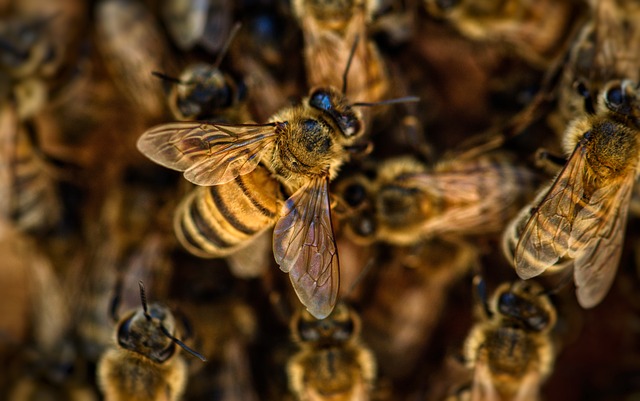
The Upper Willamette River, known for its rich fishing history, has seen significant changes in fish populations over time due to various factors, including habitat degradation and human activities. Conservation efforts have been crucial in reversing these trends. Local fishing communities and environmental organizations have collaborated to implement sustainable practices, focusing on improving water quality and restoring river habitats. These initiatives include stream restoration projects that enhance natural breeding grounds and provide safer passage for fish migration. By adopting environmentally conscious Upper Willamette fishing techniques, such as catch-and-release programs and the protection of critical habitat areas, these efforts aim to ensure the long-term health and diversity of the region’s aquatic life.
The positive impact of conservation has been evident in the resurgence of various fish species. For instance, native trout populations have shown remarkable growth, offering a more sustainable fishing experience for enthusiasts. These measures not only benefit the ecosystem but also attract tourists interested in eco-friendly outdoor activities, contributing to the local economy. As a result, the Upper Willamette River continues to be a prime destination for anglers, balancing the region’s rich fishing heritage with the need for environmental stewardship.
Modern Day Fishing Regulations and Opportunities for Recreation

In modern times, the Upper Willamette River continues to offer a rich tapestry of fishing opportunities for recreation enthusiasts. The Oregon Department of Fish and Wildlife (ODFW) regulates fishing activities to ensure the sustainability of the river’s resources. These regulations cover various aspects, including seasonal limits, size restrictions, and catch-and-release guidelines, all designed to protect the diverse fish populations that call the Upper Willamette home. Anglers can enjoy a wide array of upper Willamette fishing techniques, such as fly-fishing, spin casting, and drift fishing, each presenting unique challenges and rewards.
The river’s dynamic landscape provides a varied terrain for anglers to explore. From gentle riffles to swift currents and deep pools, the Upper Willamette offers diverse habitats that support a mix of fish species, including trout, salmon, and bass. These regulations and the river’s versatility make it a popular destination for both local and visiting anglers seeking a memorable outdoor experience while enjoying the natural beauty of the Upper Willamette River.
Exploring Unique Fishing Spots Along the Upper Willamette River

The upper Willamette River offers a diverse range of fishing spots, each with its own unique character and fish species. Anglers can explore secluded coves and meandering riffles, where smallmouth bass and trout thrive in the crystal-clear waters. For those seeking adventure, the river’s rapids provide an exciting challenge, requiring precise casting and strategic line management using specialized upper Willamette fishing techniques.
These diverse habitats support a vibrant ecosystem, making the upper Willamette River a haven for various fish populations. Whether you’re a seasoned fisherman or just starting, the river promises memorable experiences and the chance to connect with nature.

